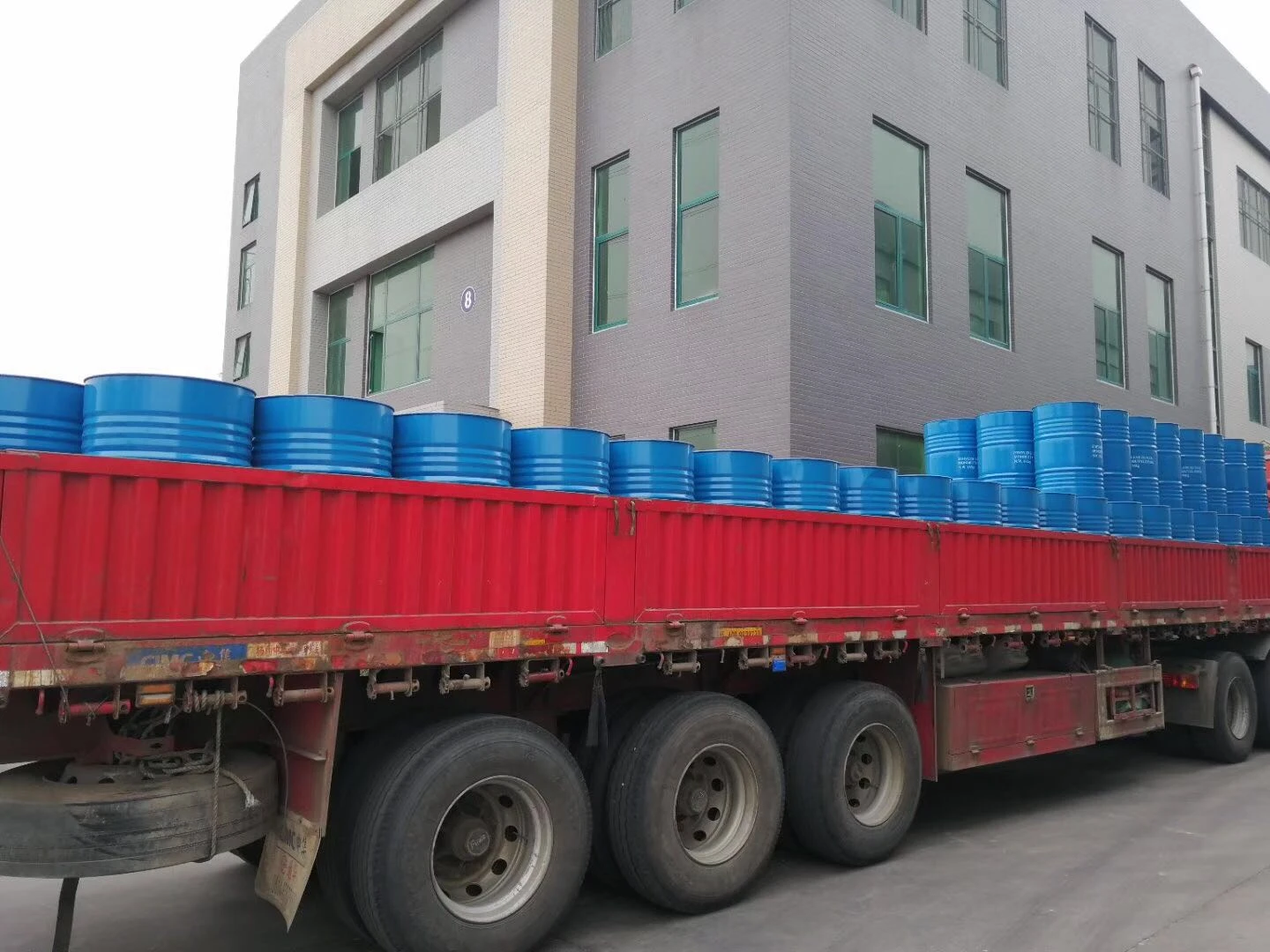Chemical Foaming Agents for Plastics An Overview
Chemical foaming agents (CFAs) play a pivotal role in the plastics industry, primarily in the manufacturing of foamed plastic products. Their ability to produce lightweight, durable, and insulating materials has made them indispensable across various applications, including automotive, packaging, and construction. This article explores the fundamental aspects of chemical foaming agents, their types, mechanisms, applications, and future trends.
What are Chemical Foaming Agents?
Chemical foaming agents are substances added to a polymer matrix to facilitate the formation of a cellular structure during processing. When activated by heat, moisture, or other catalysts, these agents decompose, releasing gases that create bubbles within the polymer. This process results in a lightweight material with a reduced density compared to its solid counterpart.
CFAs are generally categorized into two types endothermic and exothermic foaming agents. Endothermic agents absorb heat and release gases like carbon dioxide (CO2) when decomposed, causing the plastic to expand. Exothermic agents, on the other hand, generate heat upon decomposition, contributing to the expansion process in a different manner. The choice of agent largely depends on the desired properties of the final product, processing conditions, and the type of polymer used.
Mechanism of Action
The foaming process begins with the addition of CFAs to the polymer during mixing. Upon heating, the foaming agents undergo thermal decomposition, leading to the release of gas. The polymer matrix becomes viscous, trapping the generated gas and facilitating the formation of a cellular structure. This process is critical as it determines the foam's density, cell size, and overall mechanical properties.
Control over the foaming process is essential. Factors such as temperature, pressure, and the concentration of the foaming agent can significantly influence the final properties. For instance, a higher foaming agent concentration might produce a lighter foam but could also lead to a decrease in mechanical strength.
Applications of Chemical Foaming Agents
Chemical foaming agents find extensive applications across various sectors
chemical foaming agents for plastics

1. Automotive Industry CFAs are used in producing lightweight components, such as bumpers, dashboards, and interior panels. The reduced weight contributes to improved fuel efficiency and lower emissions, aligning with the industry's goals for sustainability.
2. Packaging In the packaging sector, CFAs are employed to create protective packaging materials that cushion products during transport. The lightweight nature of foamed plastics reduces shipping costs and material usage, offering both economic and environmental benefits.
3. Construction In construction, foamed plastics are used for insulation purposes. The cellular structure provides excellent thermal insulation properties, contributing to energy efficiency in buildings.
4. Electronics Foamed plastics are often used in electronic device casings and protective packaging to absorb shock and prevent damage.
Future Trends in Chemical Foaming Agents
The landscape of chemical foaming agents is expected to evolve significantly in the coming years. Manufacturers are increasingly focusing on developing environmentally friendly CFAs, driven by rising concerns over plastic pollution and the push for sustainable materials. Biodegradable foaming agents and those derived from renewable sources are gaining traction, aiming to reduce the environmental footprint of foamed plastics.
Additionally, innovations in processing technologies, such as the integration of CFAs with advanced polymer blends, are paving the way for new applications and improved material properties. The use of smart foaming agents that respond to environmental stimuli is also an area of ongoing research, promising enhanced functionalities.
Conclusion
Chemical foaming agents are vital to the production of lightweight, versatile plastic products across various industries. With ongoing advancements in materials science and increased emphasis on sustainability, the future of CFAs looks promising. As the industry moves towards developing eco-friendly solutions, the potential for innovative applications will expand, solidifying the role of chemical foaming agents in the evolution of plastics manufacturing. As companies strive to meet both market demands and environmental responsibilities, CFAs will remain at the forefront of these transformative changes.

